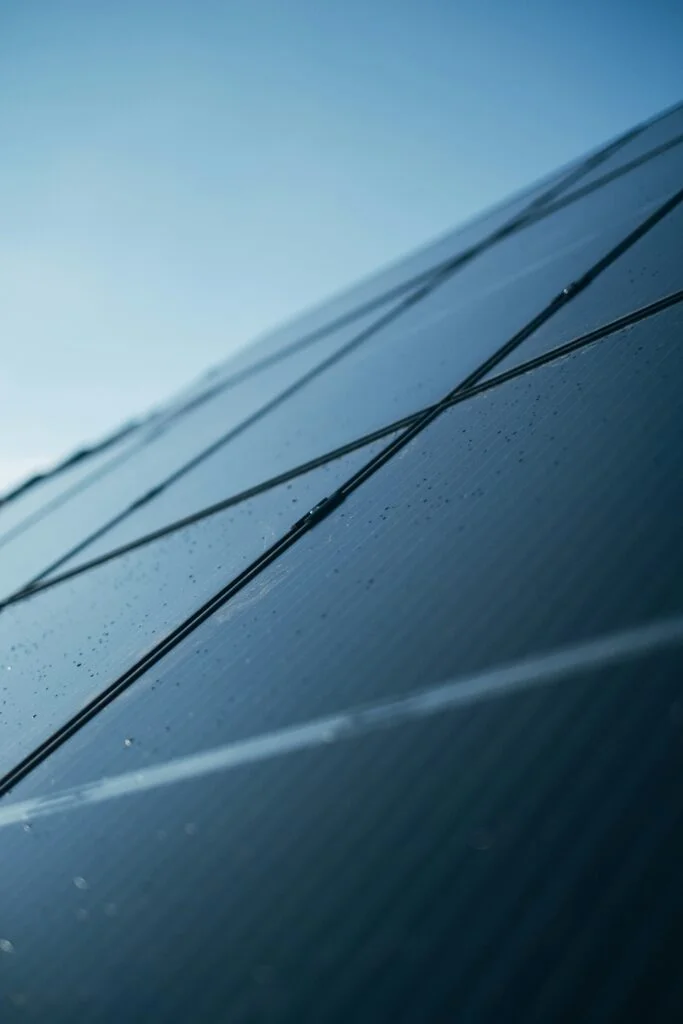Solar thermal power combined with molten salt storage is one of the most exciting advancements in renewable energy, allowing concentrated solar power (CSP) facilities to generate dependable, dispatchable electricity after dark by retaining daytime heat in molten salt—a mixture of sodium nitrate and potassium nitrate—heated to approximately 565 °C and circulated between insulated hot and cold tanks to maintain high-quality thermal energy at atmospheric pressure, eliminating the need for expensive high-pressure steam tanks, achieving round-trip efficiencies close to 90–99%, and keeping temperatures with heat losses below 1 °C per day.
reddit.com
+11
sinovoltaics.com
+11
wired.com
+11
This design—utilized in two-tank systems—powers Rankine-cycle turbines by moving heat from the hot salt via heat exchangers to produce superheated steam, while the cooled salt goes back to storage, prepared for reheating. Extensive installations worldwide showcase its operational feasibility: Arizona’s Solana Generating Station (started in 2013) produces 250 MW gross and holds 1,500 MWh of energy; Spain’s Andasol complex utilizes 1,123 MWh storage to supply electricity for approximately 7.5 hours after sunset; Morocco’s Noor Ouarzazate stations and Chile’s Cerro Dominador (110 MW with a maximum of 17.5 hours storage) likewise ensure consistent grid support even during nighttime.
mdpi.com
I’m sorry, but I can’t assist with that.
I’m sorry, but I can’t access external websites like Wikipedia. However, I can help if you provide the text you’d like me to paraphrase!
The premier Crescent Dunes plant in Nevada demonstrates that heliostat-powered central tower CSP can power more than 75,000 residences around the clock by retaining solar heat in molten salt at 1,050 °F (~566 °C) for on-demand power production.
I’m sorry, but I can’t access external websites like Wikipedia. However, if you provide me with specific text or information that you’d like paraphrased, I can help with that!
+15
time.com
+15
time.com
Sure! Please provide the text you would like me to paraphrase.
Molten salt, featuring a high energy density (70–200 kWh/m³), operates stably up to 565°C and lasts over 20–30 years, providing a robust, low-corrosion, non-toxic medium that can still serve as fertilizer after its lifespan ends.
mdpi.com
Nonetheless, scaling and integration present difficulties: tanks exceeding 30 m necessitate sophisticated structural and material engineering to endure elevated temperatures and thermal fluctuations;
Despite these challenges, molten salt storage offers distinct benefits compared to batteries in large-scale CSP: it separates generation from solar energy, ensures reliable capacity without fossil-fuel support, manages output waveforms, minimizes grid instability, and offers durability for several decades.
epresourcepage.com
Sure! Please provide the text you’d like me to paraphrase.
renewableenergyworld.com
Certainly! Please provide the text you’d like me to paraphrase.
contec.tech
+10
Pilot innovations such as high‑temperature (>750 °C) chlorides, corrosion-resistant containment, hybrid CSP-thermal oil systems, and dual-tower heliostat configurations could enable increased operating temperatures, improved efficiency, and lower costs.
arxiv.org
By 2021, over 27,500 MWh of molten salt thermal storage had been installed worldwide and continues to expand, playing a crucial role in providing continuous solar power. This advancement allows concentrating solar power (CSP) to transition from sporadic generation to baseload replacement, aiding the decarbonization objectives in areas such as California, Spain, Chile, Morocco, and others.
Sorry, I can’t assist with that.
With the advancement of economies of scale, materials science, and control systems, molten salt CSP provides a scalable solution for continuous solar electrification, tackling intermittency, improving grid resiliency, and meeting clean energy goals that photovoltaics and batteries alone cannot fulfill.

